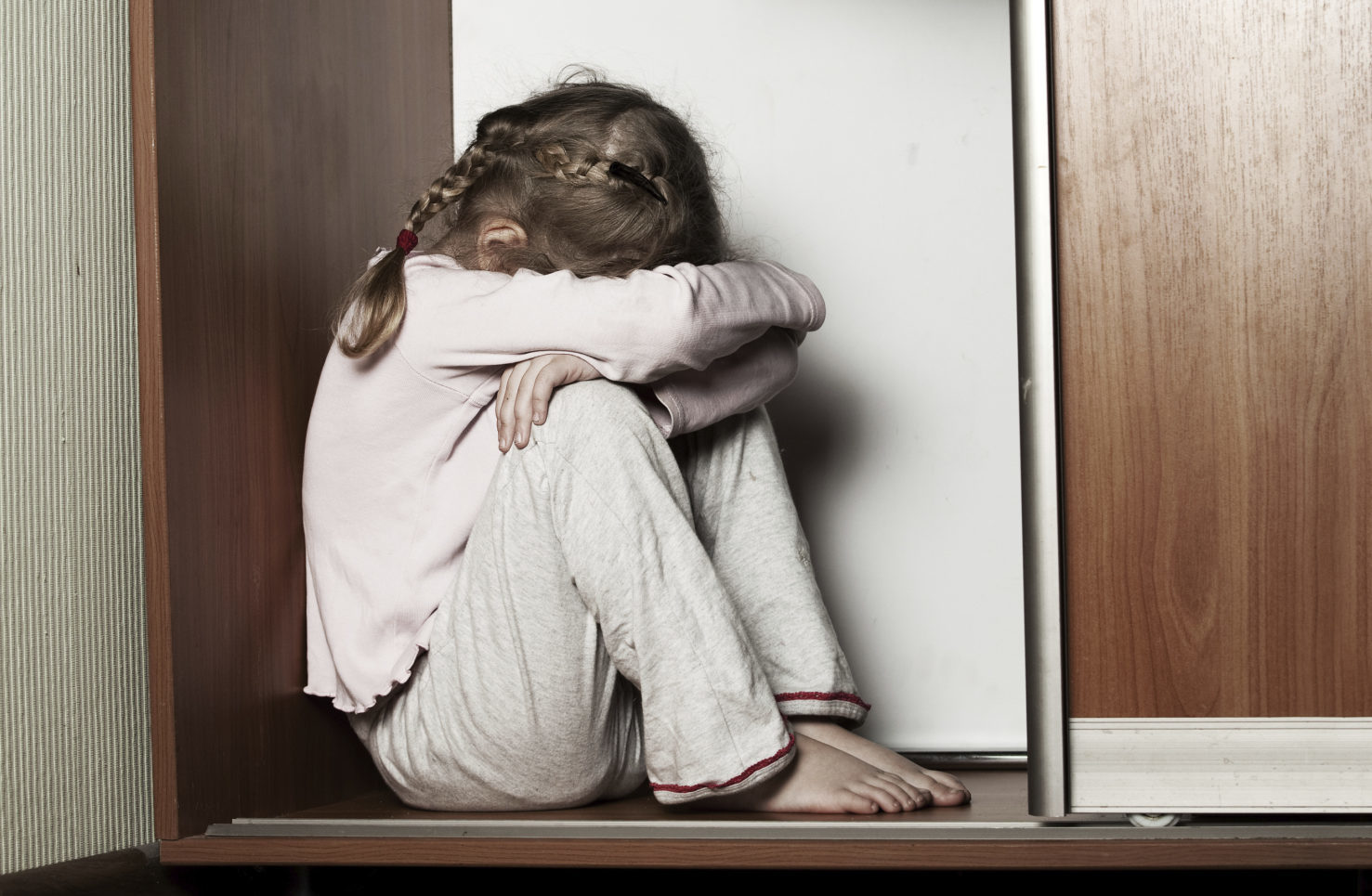
AROUND 20 children growing up in care are reported missing every day in Scotland, according to new figures.
Police Scotland data show there were 7,598 missing persons investigations relating to looked-after children in 2017/18, up 5% from 7,243 in the previous year.
The majority of cases (85%) involved children missing from a young persons’ residential unit.
The police division with the highest number of investigations (1,217) was Lanarkshire, followed by the Lothians and Scottish Borders, excluding Edinburgh, (893).
The figures were obtained by Kezia Dugdale, Scottish Labour MSP for Edinburgh and the Lothians, using freedom of information legislation.
She said: “These figures are simply staggering, and they should concern everyone.
“Looked-after children are our children – the state is their parents – and we all have a responsibility to give them the same opportunities as every other youngster.
“If your child was missing, you’d move heaven and earth to find them and then ask why and what could be done differently. These are our children and they should expect that same response.
“Residential units must be a place where children are nurtured and loved, as they are often brought up there after years or emotional or physical abuse.
“I urge the Scottish Government and Police Scotland to investigate why these numbers are so high and examine what more can be done to support care-experienced young people.”
A Scottish Government spokeswoman said: “Young people are by far the most common age-group to go missing (64%) and we are working with Police Scotland, local authorities and care providers to reduce these incidences.
“We have already provided £142,000 to Missing People charity (2016-19) to increase awareness and use of their support services including their 24 hour helpline, textsafe facility and telephone counselling service.
“Police Scotland pilot projects with looked after children have shown that better outcomes can be achieved when the young person is involved in their care plan.
“This allows the young person to feel greater ownership and understanding of why an action they may take will result in the care provider or parent taking subsequent decisions, such as reporting them missing.”
Police Scotland Assistant Chief Constable Bernard Higgins added: “We are absolutely committed to tracing those who have been reported missing and our officers and staff work tirelessly in every case to achieve a positive outcome for families.
“Most reports are about missing children, happily, most return or are found quickly.
“Our response to missing people reports is evolving based on our data. Prevention is key to managing the scale of missing person reports and to protecting people who may be vulnerable.
“We work closely with partner organisations to protect those most at risk of going missing and prevent missing person episodes wherever possible.”

Enjoy the convenience of having The Sunday Post delivered as a digital ePaper straight to your smartphone, tablet or computer.
Subscribe for only £5.49 a month and enjoy all the benefits of the printed paper as a digital replica.
Subscribe